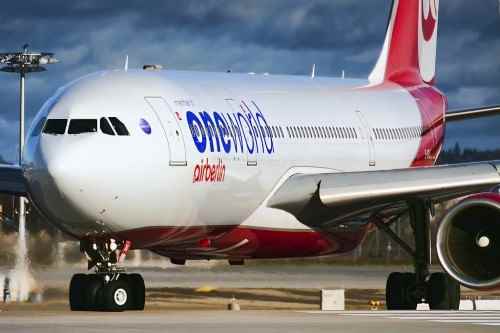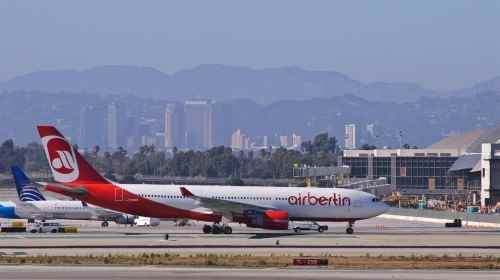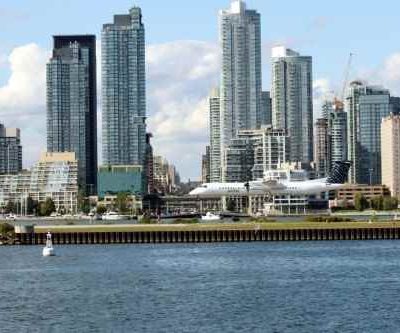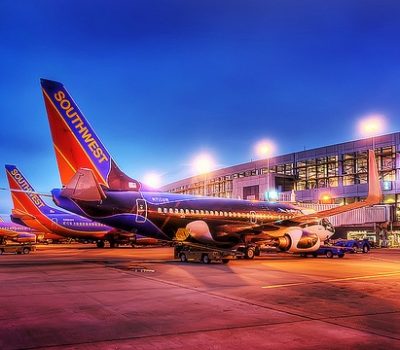
Air Berlin Rises, Falls and Remains a Top German Airline
Photo credit: Curimedia | P H O T O G R A P H Y
Air Berlin is an airline that hasn’t had it easy, but the company has continued to prevail anyway. The airline was founded by American PanAm capatain Kim Lundgren in July of 1978, and surprisingly, it was headquartered in the U.S. state of Oregon. It began as a charter airline operating out of Berlin Tegel Airport on behalf of German tour companies.
On April 28, 1979, the first Air Berlin Boeing 707 took flight from Berlin to Palma de Mallorca. It was the start of an airline that Mediterranean holiday travelers, and later world travelers, would learn to love. The goal was to advance to long haul flights from West Berlin to Brussels and on to Florida through cooperation with the American low-cost carrier Air Florida.
Germany’s Peaceful Revolution, between 1989 and 1990, led to big changes in Berlin’s airline market. German airlines were granted access to the city, and Air Berlin was purchased by Joachim Hunold of Lufttransport-Unternehmen GmbH (LTU). The company was restructured as Air Berlin GmbH & Co.

The company saw a brighter future from the purchase, and the company grew drastically in the coming years. By 1999, the fleet included 12 aircraft. Two years later, Hapag-Lloyd Flug and Air Berlin were the first airlines to have blended winglets (to increase fuel efficiency) installed on their Boeing 737-800s. The airline branched away from tour companies and offered their own scheduled flights, which could be booked directly through the airline.
The 2000s brought even more advancements for the company. In 2003, Air Berlin was noticed as Germany’s second largest airline. A joint Air Berlin/Germania subsidiary Air Zurich and planned to be based at Zurich Airport was proposed in 2005 , but did not materialize. The company began a partnership with the Germania airline in 2005 and entered the www.flightnetwork.com Frankfurt stock exchange on May 11, 2006.
In January 2009 Air Berlin started cooperating with Hainan Airlines, China’s fourth-largest airline. The airlines jointly marketed flights between Berlin and Beijing. The code-share flights were sold on a reciprocal basis and operated under the relevant airline’s own flight number. Air Berlin quickly became one of Europe’s rising low-cost carriers.
Air Berlin flew 33.6 passengers in 2010, which was a new record for the airline. The company announced that they’d join the One World Alliance beginning in the summer of 2010. Air Berlin offered flights under codeshare agreements with Finnair and American Airlines to prepare for joining the alliance. Its cooperation with American Airlines meant that Air Berlin passengers gained access to the important American market whilst it also offered codeshare flights with Finnair to Helsinki and within Europe.
In 2011, Air Berlin began strategic cooperation with Etihad Airways, the second largest airline of the United Arab Emirates. Full membership in the One World Alliance followed in 2012, and the company increased its flights to Los Angeles, New York and Miami. Air Berlin began to close seasonal hubs to a number of holiday destinations, including those to Palma de Mallorca.
The previously triumphant airline experienced losses in 2013 and 2014, and a restructuring program is now underway. Although, Air Berlin still links flightnetwork.com




